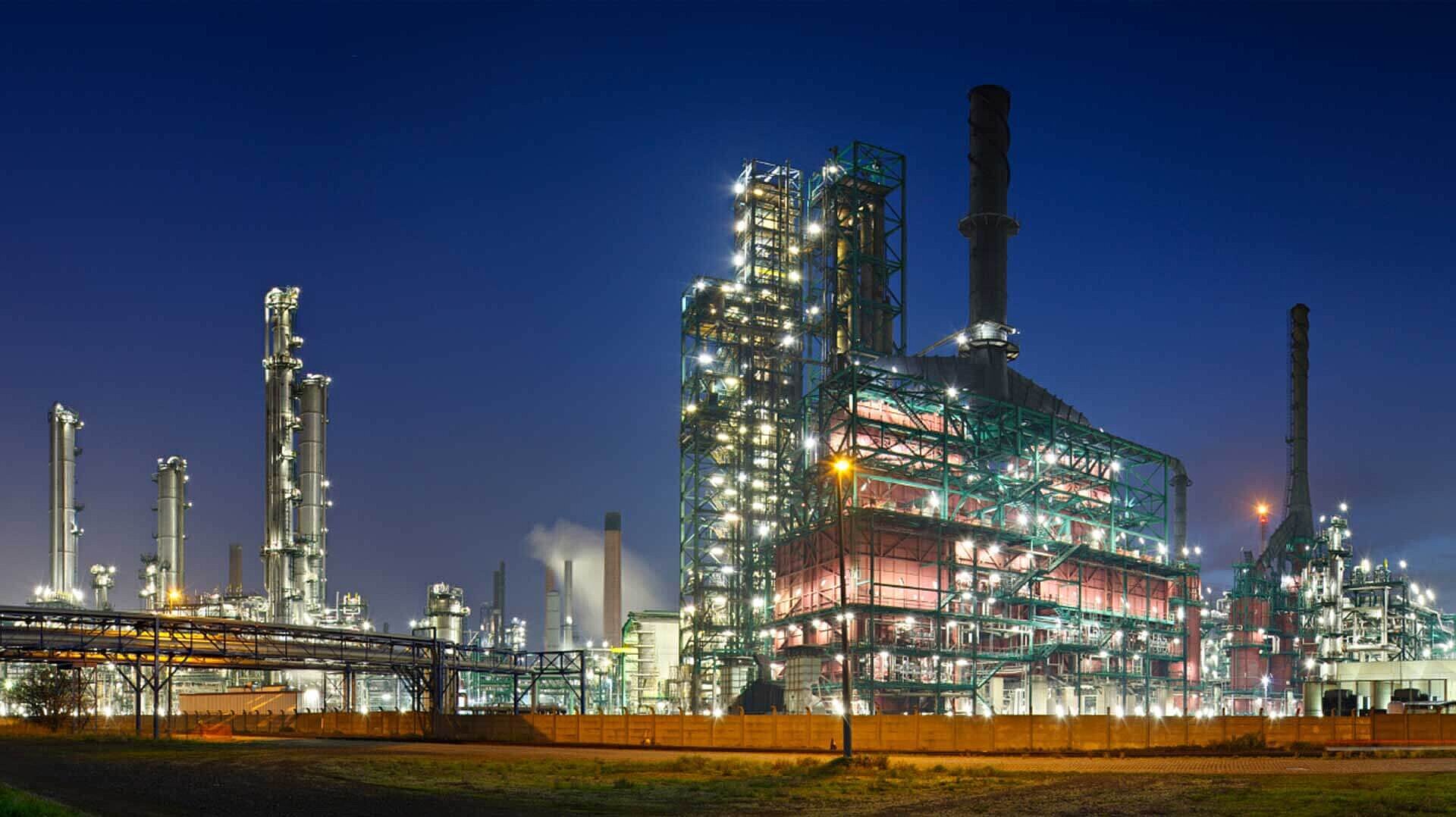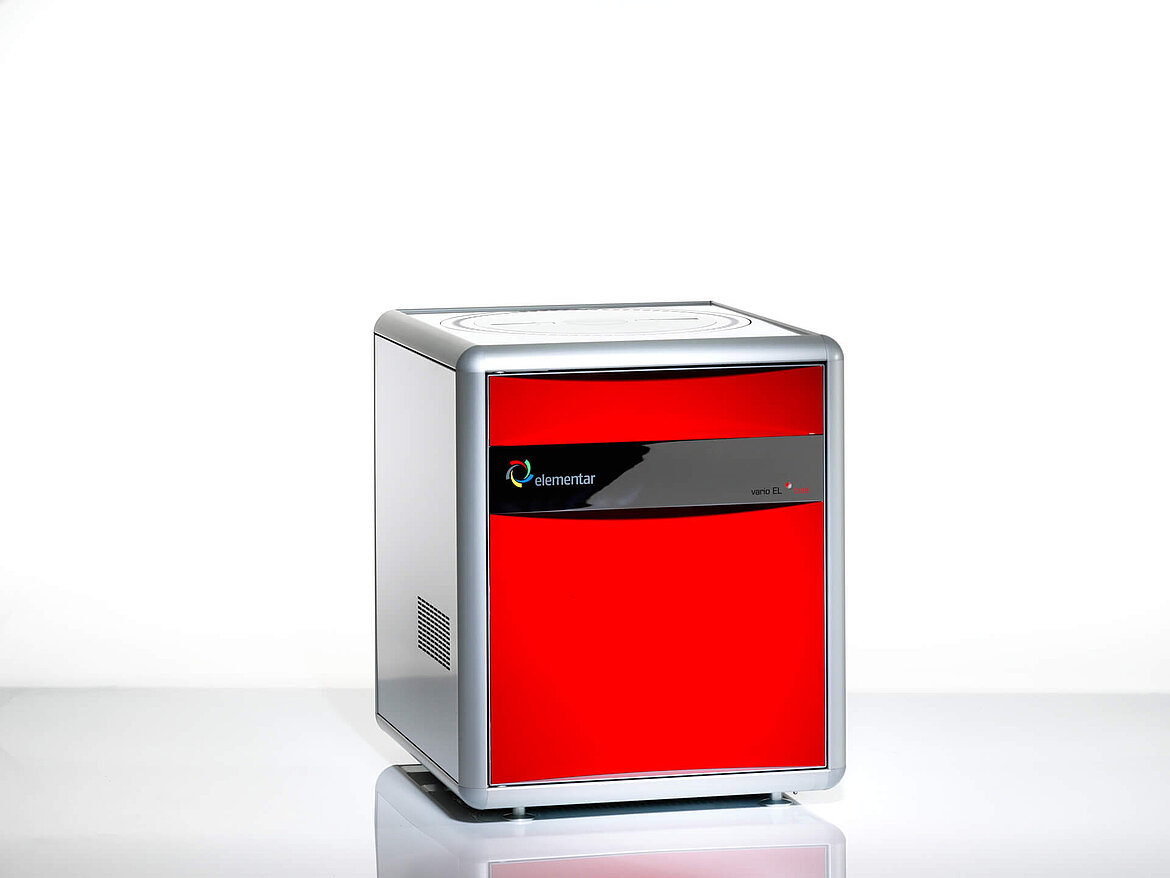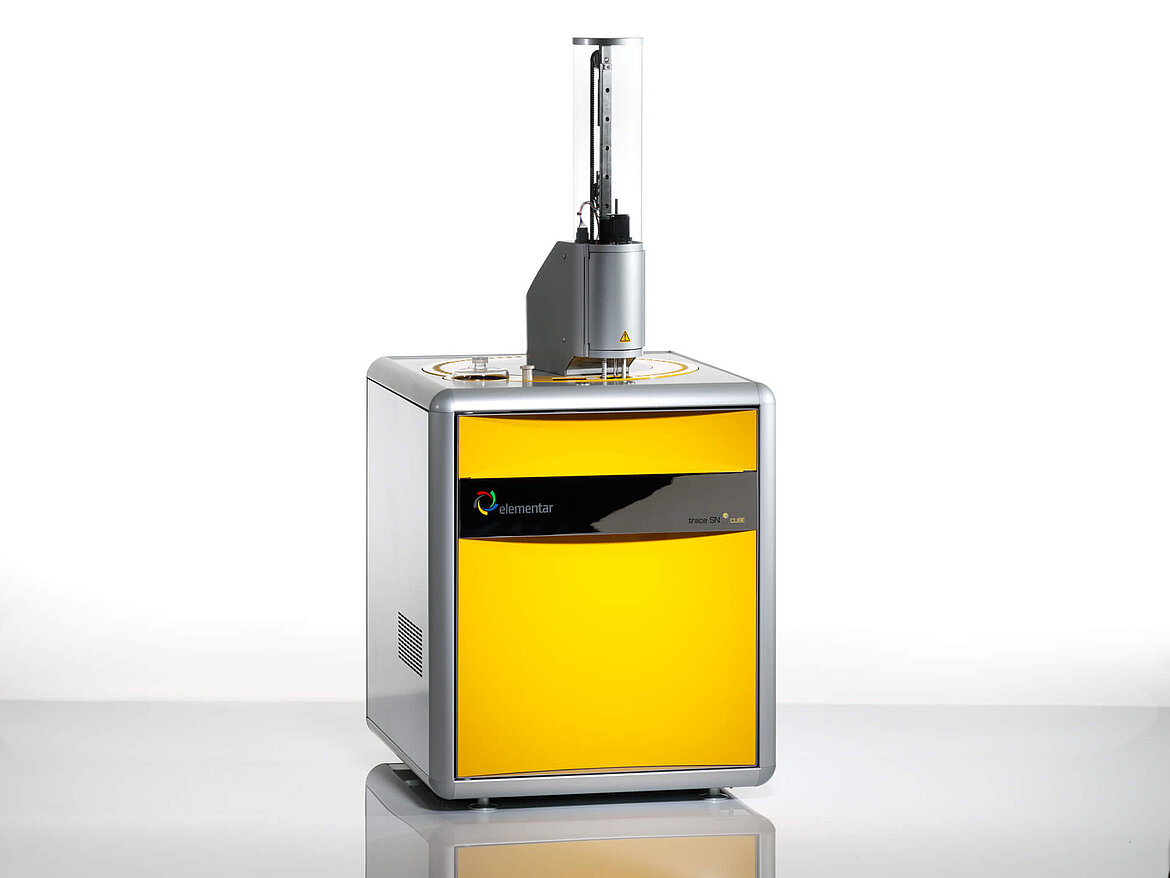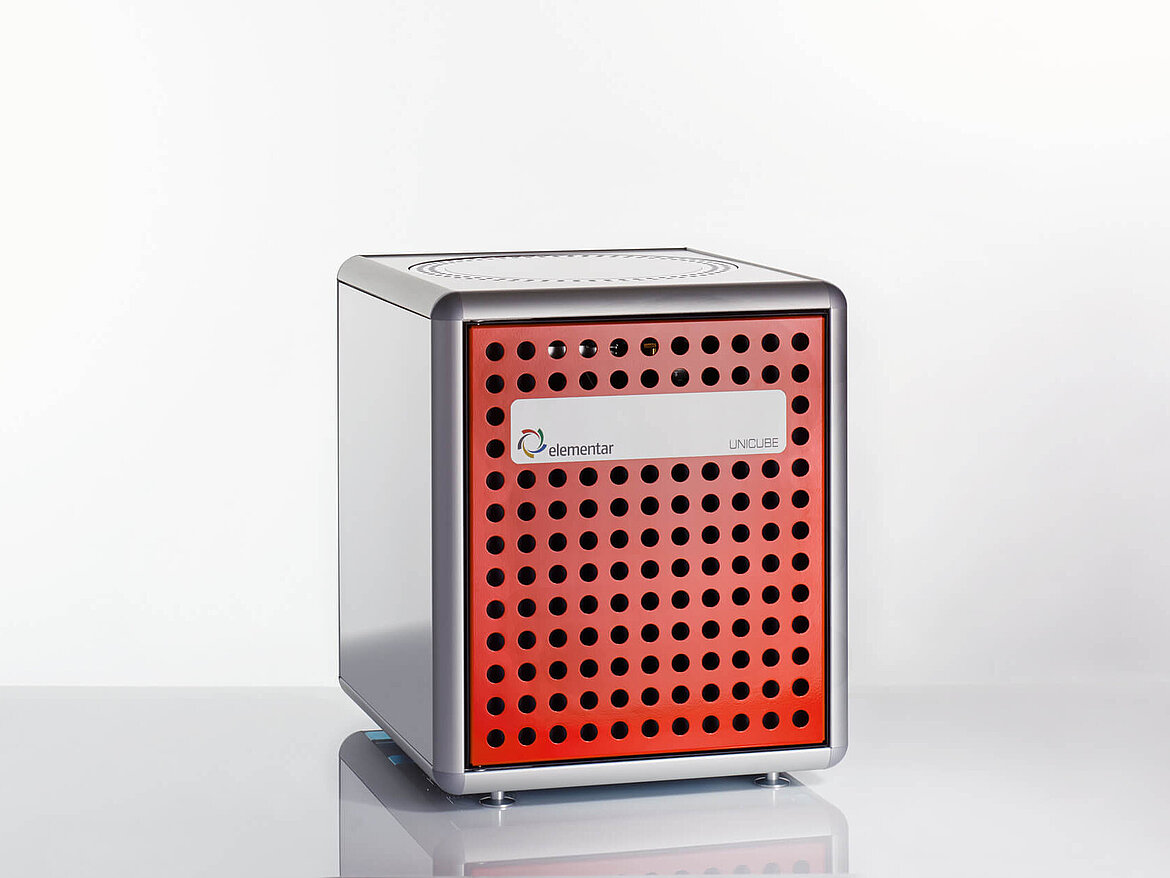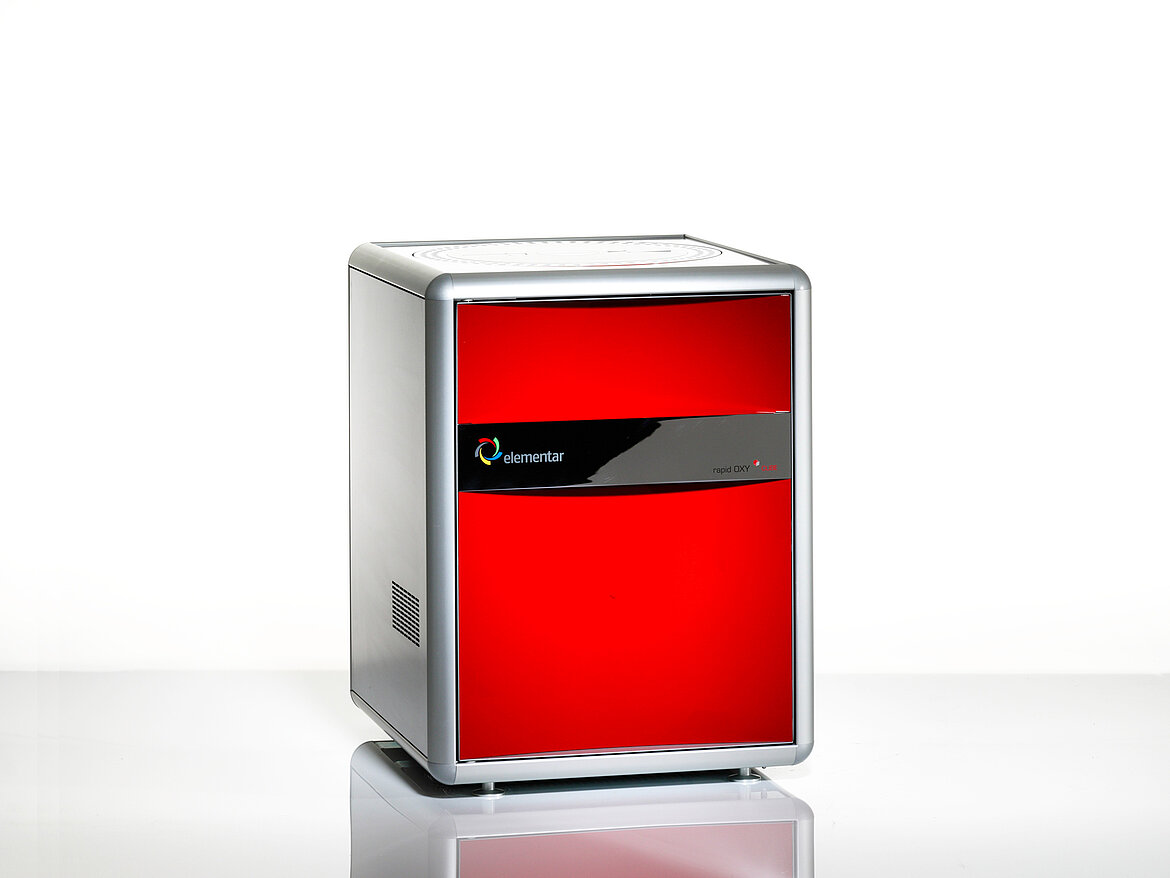High-precision analysis of fuels and petrochemical products
Refineries use a multitude of different processes, such as distillation, hydrotreating, or catalytic reforming, to convert crude oil into fuels and other products. The search for improved catalysts is an important and worthwhile task to further increase the process efficiency and, therefore, lower the production costs. For example, the most important part of determining the efficiency of hydrogenation is to measure accurate hydrogen concentrations. On the other hand, expensive, high-performance catalysts degrade fast in the presence of sulfur and nitrogen. Together with regulatory reasons for environmental protection, refineries are interested in keeping the sulfur concentration as low as possible. As a result, processes such as hydrotreating are common to desulfurize intermediates during the process chain. Elemental analysis provides important information on elemental concentrations throughout the whole production process.
Easy and accurate CHNOS analysis of recycled oil
APPLICATION NOTE
Learn how to monitor the quality of recycled oil by high precision CHNOS measurements with an unbeatable low
detection limit for oxygen analyses - even with high concentrations of heteroatoms.
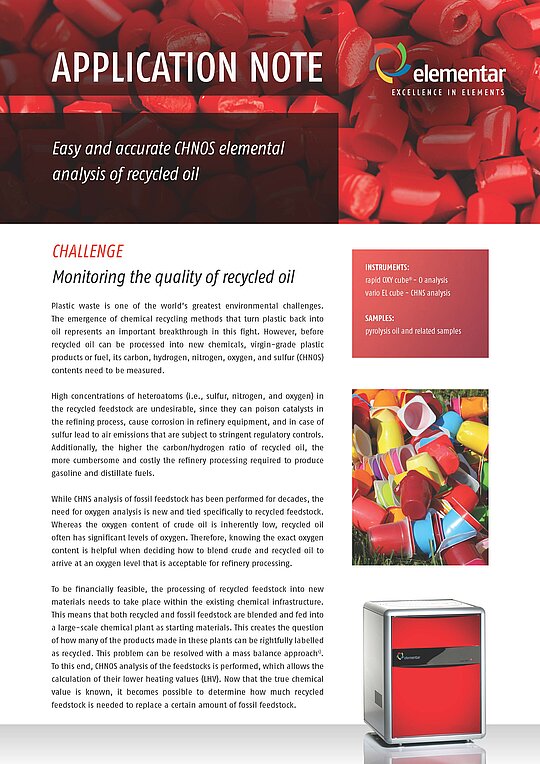
DOWNLOAD YOUR COPY
Fill in the form to receive your download link per e-mail.
Your contractual consideration for the free provision of the download is the subscription to our personalized newsletter. By clicking on the “download now” button, you therefore declare your acceptance of the receipt of personalized newsletters by e-mail by Elementar India Pvt Limited and its group companies as well as the evaluation of your user behavior in this regard and - if available - the merging of this data with your data in our customer database.
In order to receive newsletters from our group companies it is necessary to transfer your above-mentioned personal data to these companies. The data transfer is contractually required.
You are aware that the subscription to our personalized newsletter represents the contractual consideration that you provide for the free provision of the download. You can unsubscribe from the newsletter at any time with effect for the future. You can object to the future use of your data for advertising purposes at any time. For further information, please refer to our privacy policy.
Maximize catalyst efficiency through high-precision hydrogen measurements
Monitoring hydrogen concentration puts you in total control of the efficiency of the hydrogenation process. We offer industry-leading solutions for this specialized analytical need: our elemental analyzer, vario EL cube , is optimized for highly precise hydrogen concentration measurements. Through detection with a reliable thermal conductivity detector, possible interferences and imprecisions of H2O measurements encountered with infrared detection are avoided. Furthermore, all tubing in contact with water is actively heated to avoid condensation of trace water inside the system, which would affect data quality. The vario EL cube is fully compliant with ASTM D5291 (“Standard Test Methods for Instrumental Determination of Carbon, Hydrogen, and Nitrogen in Petroleum Products and Lubricant”), the most important standard for elemental analysis of fuels. These benefits give you a decisive advantage in a competitive market.
Trace level sulfur and nitrogen determination
Refineries rely on the exact determination of the elemental concentrations of sulfur and nitrogen to optimize their production process and to meet environmental regulations. Therefore, analyzers that provide reliable results, even at trace level, are needed. According to international standards, e.g. ASTM D4629 or ASTM D5453, the content of sulfur and nitrogen in fuels or light hydrocarbons has to be determined via high-temperature combustion of the sample. The determination of the formed NO is performed with a chemiluminescence detector and SO2 is detected with a UV-fluorescence detector. The sulfur and nitrogen analyzer trace SN cubeis especially designed for high-sensitivity sulfur and nitrogen determination in refinery intermediates and final products in conformity to these international standards.
Unique low-level, matrix-independent nitrogen measurement
Determination of low nitrogen concentrations in difficult samples, such as refinery intermediates, additives, or lubricants, can be challenging with typical nitrogen analyzers using chemiluminescence detection (CLD) to measure nitrogen as NO. This approach often shows a matrix dependency that requires extensive calibration for every sample type. The UNICUBE® traceuses a new approach: with the latest advancements in thermal conductivity detection (TCD) technology, it is possible to determine nitrogen as N2 gas, eliminating all matrix effects. This allows a matrix-independent nitrogen determination down to 10 ppm without the need for sample-specific calibration.
Direct high-precision oxygen measurement
Direct oxygen concentration analysis is gaining more and more importance. In the past, oxygen concentrations were often determined indirectly, by subtracting from 100 the sum of C, H, N, and S concentrations (cf., ASTM D3176). However, the accuracy of indirect oxygen determination via calculation suffers from the cumulative errors inherent in the analytical methods used for each of the other elements. In addition, it is dependent on the ash content, thus introducing another source of error into the indirect oxygen determination. Accurate, unbiased determination of oxygen concentration is therefore only possible through direct measurement. In the fuel industry, as well as in other markets, regulations (cf., ASTM D5622) require precise direct determination of oxygen concentrations. Our oxygen analyzer, rapid OXY cube®, with its patented backflush technology perfectly fits these analytical demands with its unrivaled precision.
